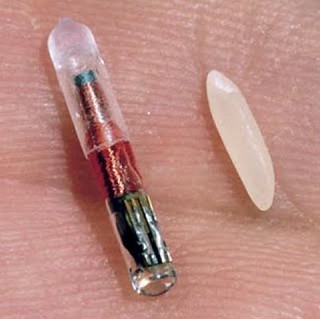Batteries: portable power cells that can range in size from the tiny button battery in hearing aids to the boxy lead-acid batteries in an automobile produce electricity through a chemical reaction between two elements inside the battery. One of these elements is typically a heavy metal: lead, manganese, lithium, zinc, cadmium, mercury and silver are common. If disposed of by tossing dead batteries in the trash, which goes to a landfill, heavy metals have the potential to leach into soil, groundwater, or surface water. Dry cell batteries contribute about 88 percent of the total mercury and 50 percent of the cadmium in the municipal solid waste stream. In the past, batteries accounted for nearly half of the mercury used in the United States and over half of the mercury and cadmium in the municipal solid waste stream. When burned, some heavy metals such as mercury may vaporize and escape into the air. Cadmium and lead may also end up in the ash, remaining a pollutant.
Alkaline Batteries
Single-use (non-rechargeable) alkaline batteries account for 80% of manufactured batteries in the US. These are labeled Alkaline and are the typical 9 volt, C, D, AA, and AAA that we use every day in our homes.
Americans buy around 3 billion single use alkaline batteries a year to power our common household items. Modern single-use batteries, including alkaline and carbon-zinc types, are no longer classified as Household Hazardous Waste (HHW), because they contain much less heavy metals than they did before 1997, and can be safely disposed of in the trash. However, they do contain recyclable materials such as manganese, zinc, steel, paper, and plastic that can be reclaimed.
There is also the question of; do you want to add to landfills by dumping this waste when batteries no longer supply power, or do you want to recycle them? Dead batteries do not break down readily and will add bulk to the landfills for a very long time.
Rechargeable Batteries
Rechargeable batteries contain large amounts of nickel cadmium, nickel metal hydride and lithium ion. These batteries are typically found in cordless power tools, cellular and cordless phones, laptop computers, camcorders, digital cameras, and remote control toys.
Read More



 As fall set in and we braced for the Ladybug war, they have not appeared. But an even more heinous cousin did; the Stink Bug. There are thousands of them in our yard, hundreds crawling on our home; including our porch, and dozens of the odiferous insects in our home.
As fall set in and we braced for the Ladybug war, they have not appeared. But an even more heinous cousin did; the Stink Bug. There are thousands of them in our yard, hundreds crawling on our home; including our porch, and dozens of the odiferous insects in our home.

 In our modern world of highly connected, internet based communications writers sometimes resort to e-mailing questions to an interview subject instead of doing a personal or telephone interview. Whether this is a good thing or bad thing depends on a lot of factors.
In our modern world of highly connected, internet based communications writers sometimes resort to e-mailing questions to an interview subject instead of doing a personal or telephone interview. Whether this is a good thing or bad thing depends on a lot of factors. 